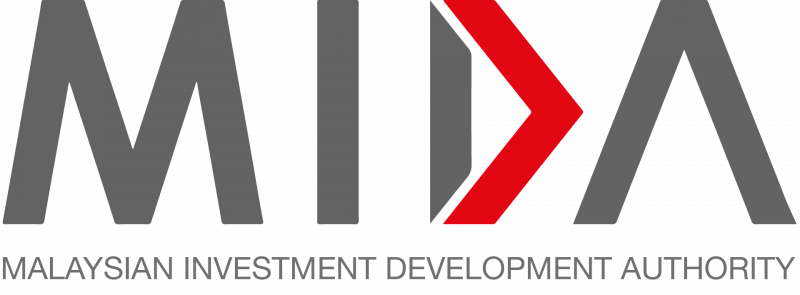The Klang Valley has overtaken Penang as Malaysia’s top medical tourism hub by attracting roughly 560,700 international patients and generating the highest regional revenue of about RM886 million, based on data recorded by the Malaysian Healthcare Travel Council (MHTC) from January to November last year.
In 2019, the Klang Valley states of KL and Selangor had reported 490,000 foreign patients.
“The central region leads, contributing 41.6 per cent of total revenue and handling 44.5 per cent of the total healthcare traveller volume,” MHTC said.
The increase in medical tourists was highest in the fields of gastroenterology; obstetrics and gynaecology; orthopaedic surgery; oncology; ear, nose, and throat (ENT); and cardiology.
In 2019, health screenings, gastroenterology, cancer and neoplasm, and obstetrics and gynaecology were the top treatments sought after by medical tourists, as listed in MHTC’s Healthcare Travel Industry Blueprint 2021-2025.
Despite a decline in patients — from 500,000 in 2019 to around 453,600 in 2024 — Penang still saw a significant income hike from RM750 million to around RM866 million, which accounted for 40.7 per cent of the total national revenue.
Last year, the northern region managed 36 per cent of medical tourists in Malaysia.
The southern region comprising Melaka and Johor also grew from RM185 million in 2019 to RM253 million in 2024.
Out of over 99,000 international patients, 90 per cent of medical tourists in Melaka were Indonesians particularly from Batam, Pekan Baru and Bengkalis, Riau. Bernama reported that it was the result of regular promotions to attract Indonesians to cross the strait for medical treatment.
Similarly, the eastern region previously only comprising Sabah and Sarawak in 2019 also saw a rise in income reaching around RM123.5 million (5.8 per cent of national revenue) after including Peninsular Malaysia’s east coast in 2024. This is despite declining patient volume – from 70,000 in 2019 to around 66,700 last year.
Source: Malay Mail
Klang Valley takes medical tourism crown from Penang
Content Type:
Duration:


